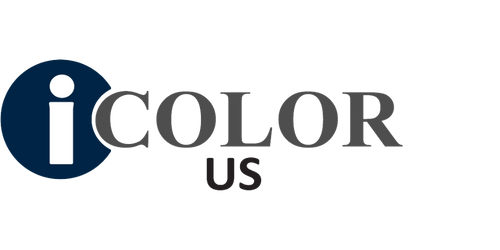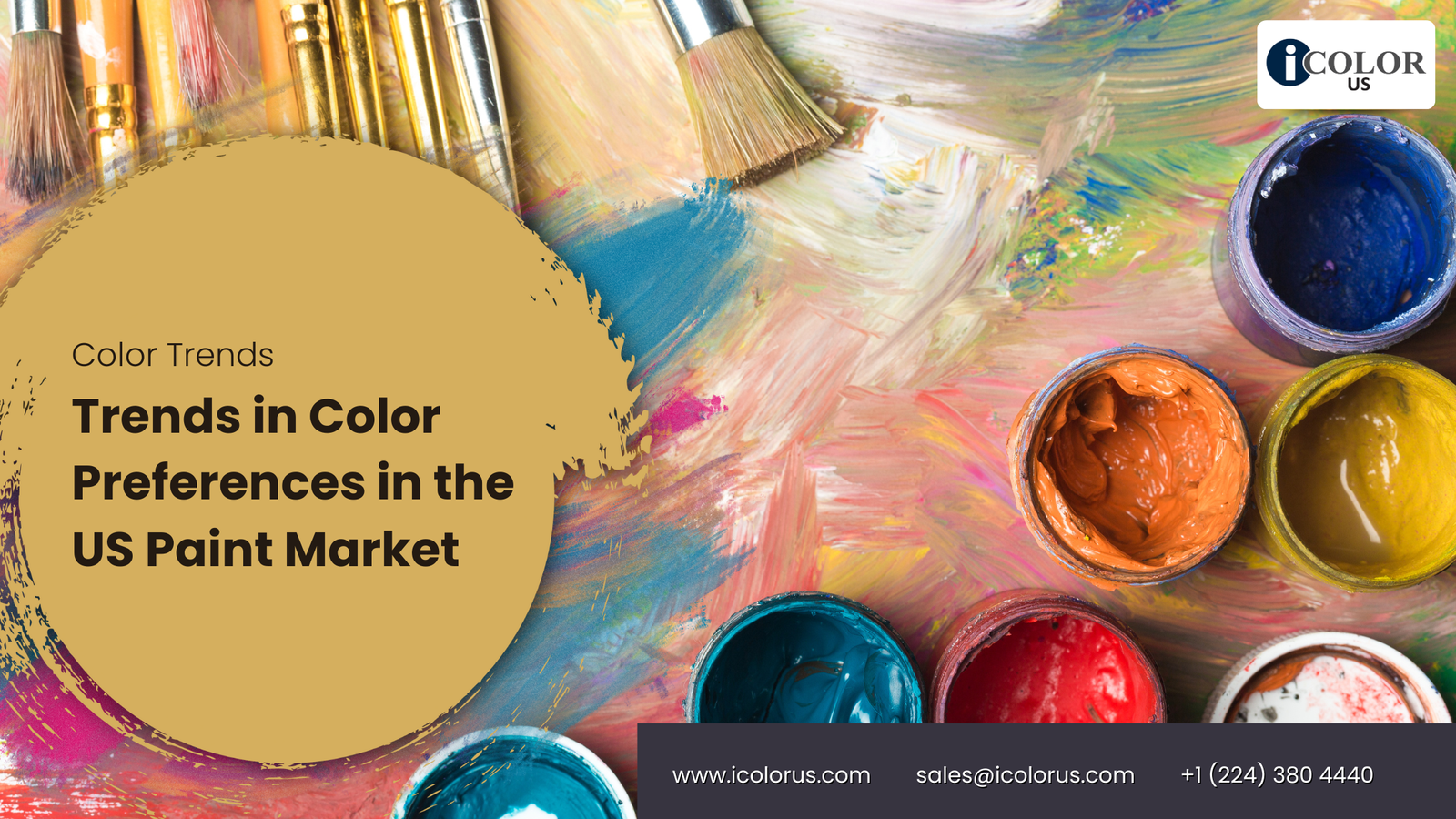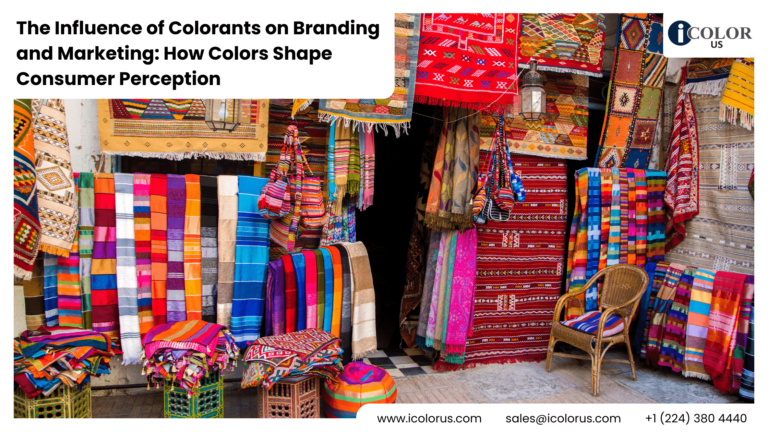Trends in Color Preferences in the US Paint Market: A Journey Through Changing Tastes
Introduction
Colors are more than just hues on a palette; they are an expression of individuality, culture, and evolving tastes. In the US paint market, color preferences have shifted dramatically over the years, influenced by various factors ranging from societal changes to advancements in technology. This article explores the dynamic trends in color preferences in the US paint market, providing insights into how these trends have evolved and what they signify for the future.
The Evolution of Color Preferences
The journey of color preferences in the US paint market can be traced back to the early 20th century. During this period, colors were often muted and understated, reflecting the somber mood of the times. Earthy tones like browns, beiges, and muted greens dominated the scene, largely influenced by the Arts and Crafts movement which emphasized simplicity and handcraftsmanship.
The 1950s: A Burst of Optimism
The post-World War II era brought a wave of optimism and prosperity to the United States. This newfound confidence was reflected in the bright and bold color choices of the 1950s. Pastel colors like mint green, baby blue, and pink became immensely popular, symbolizing hope and the beginning of a new era. These hues were prominently featured in everything from home interiors to automobiles, marking a significant shift from the muted tones of the previous decades.
The 1970s: Earth Tones and Nature-Inspired Colors
The 1970s witnessed a return to nature-inspired colors. This decade was characterized by an increased awareness of environmental issues, which influenced color preferences towards earthy tones. Shades like avocado green, harvest gold, and burnt orange became staples in American homes. These colors were seen as warm, comforting, and reflective of a growing connection to the natural world.
The 1980s: The Era of Bold and Bright
The 1980s brought a dramatic shift in color trends with a preference for bold and bright hues. Neon colors, primary colors, and high-contrast combinations became popular, reflecting the exuberant and often extravagant spirit of the decade. This period also saw the rise of postmodern design, which embraced a mix of styles and a playful use of color.
The 1990s: Minimalism and Neutral Palettes
As the 1990s rolled in, there was a significant shift towards minimalism and neutral palettes. Colors like white, beige, and grey dominated the market, reflecting a desire for simplicity and understated elegance. This trend was influenced by the rise of minimalistic design philosophies, which emphasized the beauty of simplicity and functionality.
The 2000s: A Blend of Tradition and Modernity
The early 2000s saw a blend of traditional and modern color palettes. While neutral colors continued to be popular, there was also a resurgence of interest in rich, jewel tones like deep reds, blues, and greens. This period marked a balance between the minimalist trends of the 1990s and a renewed appreciation for bold, statement-making colors.
The 2010s: The Rise of Greige and Millennial Pink
The 2010s introduced new trends that reflected both individual expression and societal shifts. “Greige” (a blend of grey and beige) became a popular choice, offering a versatile and sophisticated neutral option. Another significant trend was the rise of “Millennial Pink,” a soft, blush hue that resonated with a younger generation seeking to break away from traditional gender norms. These colors reflected a desire for calm and versatility amidst a rapidly changing world.
The Current Decade: Sustainability and Biophilic Design
As we move through the 2020s, color preferences in the US paint market continue to evolve, driven by an increased focus on sustainability and well-being. Biophilic design, which emphasizes a connection to nature, has influenced a preference for natural, calming colors. Shades of green, earthy browns, and soft blues are becoming more prevalent as people seek to bring a sense of tranquility and nature into their homes.
Influences on Color Preferences
Several factors influence color preferences in the paint market. These include cultural shifts, economic conditions, technological advancements, and environmental concerns.
Cultural Shifts: Changes in societal values and cultural trends have a significant impact on color preferences. For example, the minimalist movement of the 1990s reflected a cultural shift towards simplicity and functionality.
Economic Conditions: Economic conditions often influence color trends. During times of economic prosperity, bold and vibrant colors tend to dominate, reflecting optimism. Conversely, during economic downturns, more muted and neutral colors become popular as people seek comfort and stability.
Technological Advancements: Advancements in technology also play a role in shaping color preferences. The development of new pigments and paint technologies allows for a wider range of colors and finishes, influencing consumer choices.
Environmental Concerns: Growing awareness of environmental issues has led to an increased preference for eco-friendly and sustainable colors. Natural, earthy tones and colors that evoke a sense of nature are becoming more popular as people seek to make environmentally conscious choices.
The Future of Color Preferences
Looking ahead, several trends are likely to shape the future of color preferences in the US paint market:
Sustainability: As environmental concerns continue to grow, there will likely be an increased demand for sustainable and eco-friendly colors. This includes not only the colors themselves but also the materials and processes used to create them.
Customization: Advances in technology are making it easier for consumers to customize their color choices. This trend towards personalization is likely to continue, with more options for custom colors and finishes becoming available.
Emotional Well-being: Colors that promote emotional well-being and mental health are expected to gain popularity. This includes calming and soothing colors like soft blues and greens, which can help create a relaxing environment.
Cultural Diversity: As the US becomes increasingly diverse, color preferences are likely to reflect a wider range of cultural influences. This could lead to a more eclectic and varied color palette, with influences from different cultures and traditions.
Conclusion
The trends in color preferences in the US paint market reflect a complex interplay of cultural, economic, and environmental factors. From the muted tones of the early 20th century to the bold colors of the 1980s and the sustainable hues of today, these trends tell a story of changing tastes and evolving values. As we look to the future, it is clear that color preferences will continue to evolve, influenced by new technologies, cultural shifts, and a growing focus on sustainability and well-being. At iCOLOR US LLC, we are committed to staying at the forefront of these trends, offering innovative and high-quality paint solutions that meet the needs of our diverse and dynamic market.





